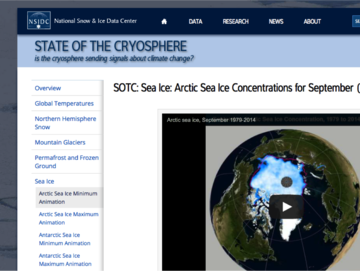Educational Resources: Search the CLEAN Collection
Find and download scientifically and pedagogically reviewed digital resources for teaching about climate's influence on you and society and your influence on climate.
240 Results for
- (-) Remove Climate Impacts filter Climate Impacts











